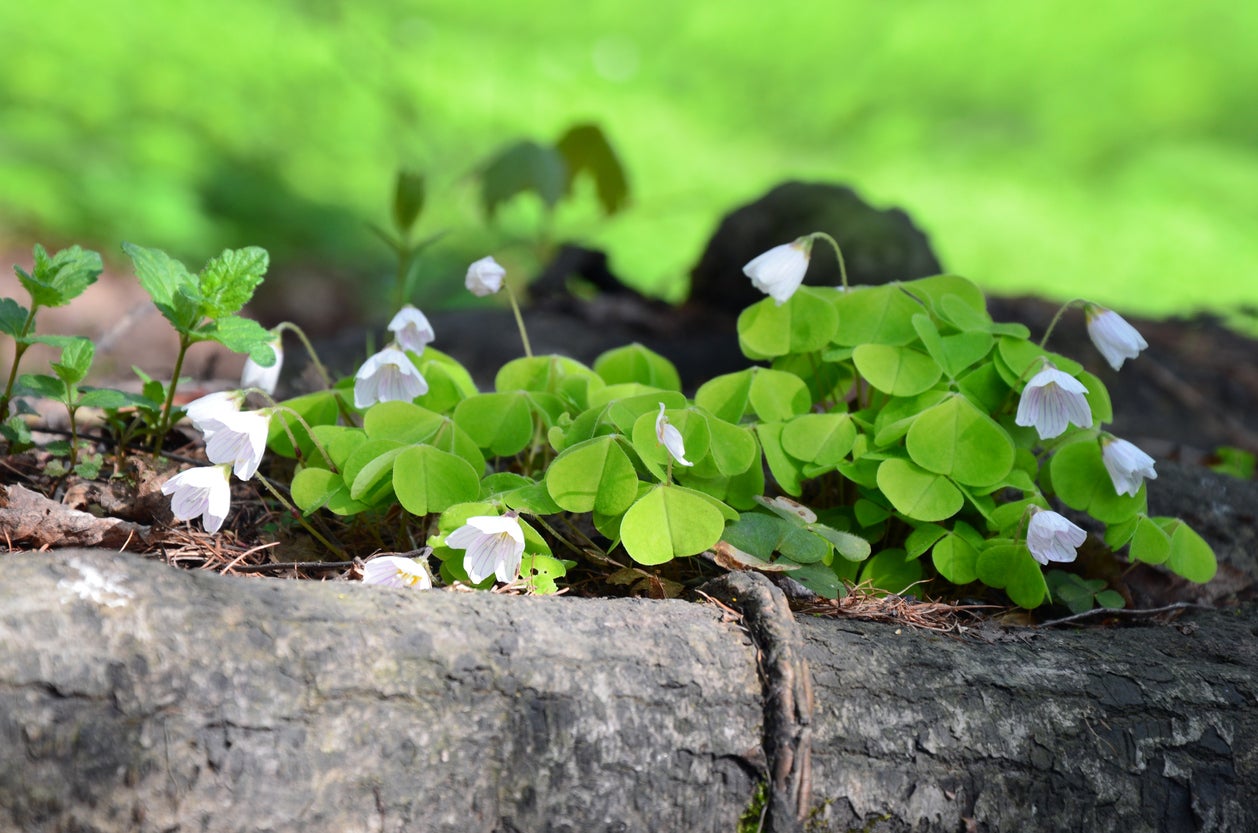Erosion And Native Plants – Why Are Native Plants Good For Erosion


For natural beauty and ease of care, you can’t go wrong using native plants in your landscape. Erosion resistant native plants can also help stabilize hillsides and disturbed sites. There are many native plants that are good for erosion and, once established, need little maintenance and are tolerant of the conditions in the site. Building an erosion proof plan starts with a list of some of the best native plants for erosion control.
About Erosion and Native Plants
Using native plants in the landscape provides a visual “tie-in” to the surrounding flora. They're more adaptable than imported species and have the ability to thrive once they mature without much human intervention. Whether you have a hillside, slope along a waterway or a previously eroded space, native plants can help preserve the soil and maintain the land.
Erosion can occur from wind, gravity, water and even over-use. Utilizing native plants can help anchor soil and reduce run-off. These indigenous plant stars are used to the conditions in the region and perform their duties without excess water use, while providing natural habitat and enhancing biodiversity.
Using a mixture of trees, shrubs and ground covers will also enhance the appeal of the site. Choose plants that offer a variety of attributes such as food, seasonal color and various heights. Also, consider a mixture of flora that has fibrous or taproots for additional soil retention.
Preventing Native Garden Erosion with Creeping Plants
Groundcovers are perfect native plants for erosion control. Creeping juniper is about as unfussy as you could wish for and forms a dense mat-like, low-growing shrub. If you want seasonal color, select a plant like Kinnikinnick. It turns a glorious burgundy in fall and produces sweet flowers in late spring. Wild strawberries will feed you and the birds and fill in an erosion prone area quickly and effortlessly.
Some other low growing native plants good for erosion are:
- Dunegrass
- Deer fern
- Redwood sorrel
- Bunchberry
- Wild Ginger
- Yarrow
- Douglas aster
- Large leaved lupine
- Solomon’s seal
- False lily of the valley
Tall Erosion Resistant Native Plants
Trees and shrubs add impact to the landscape while also preserving erosion prone areas. A spring flowering Pacific crabapple or red barked madrone will complement any garden. These statuesque native plants need little care once established. Or perhaps you want to go a little smaller. Try Oregon grape with three seasons of interest or snowberry, which will attract bird life.
Sign up for the Gardening Know How newsletter today and receive a free copy of our e-book "How to Grow Delicious Tomatoes".
Vertical plantings are just as effective. Simply ensure they have a little help at the outset establishing. Other trees and shrubs to try might include:

Bonnie Grant is a professional landscaper with a Certification in Urban Gardening. She has been gardening and writing for 15 years. A former professional chef, she has a passion for edible landscaping.